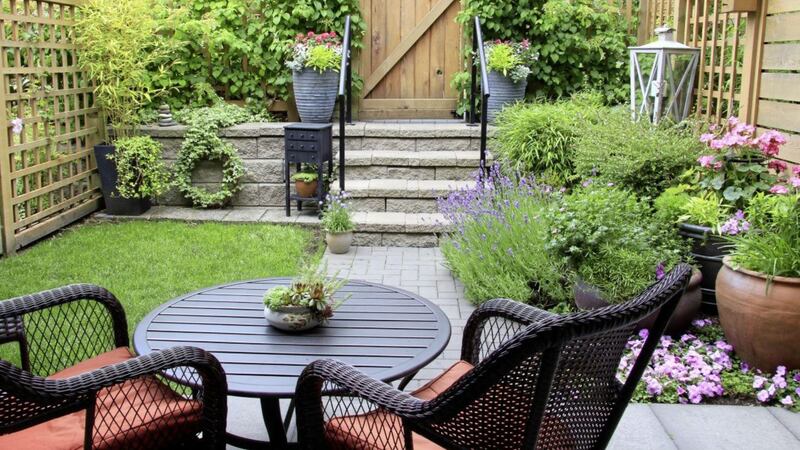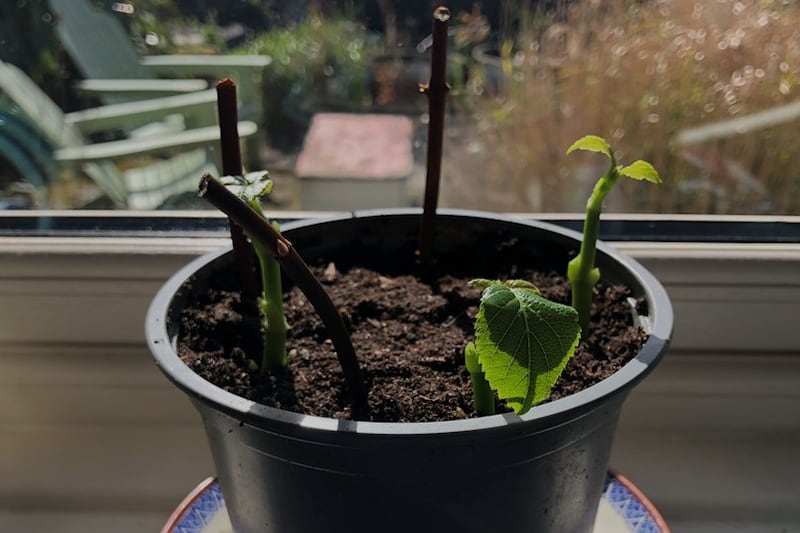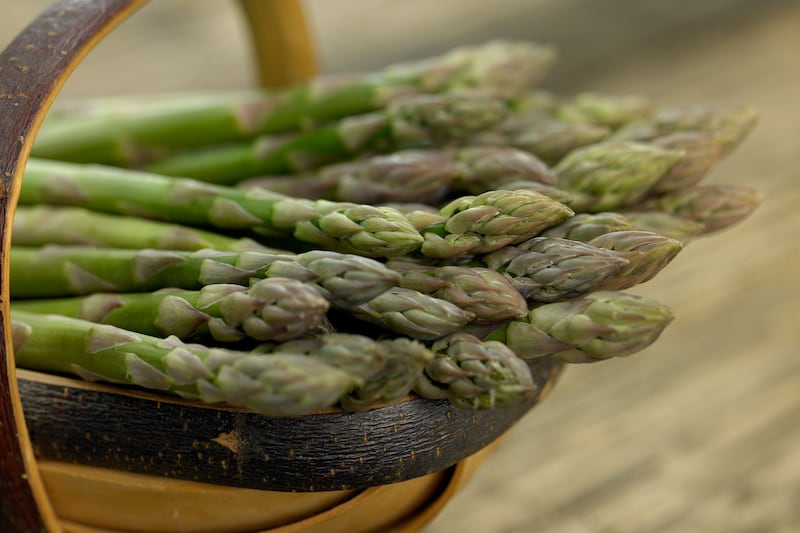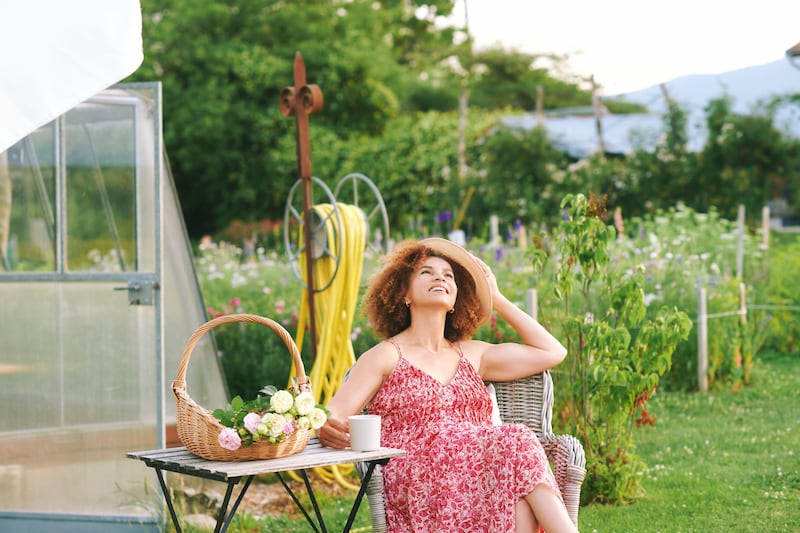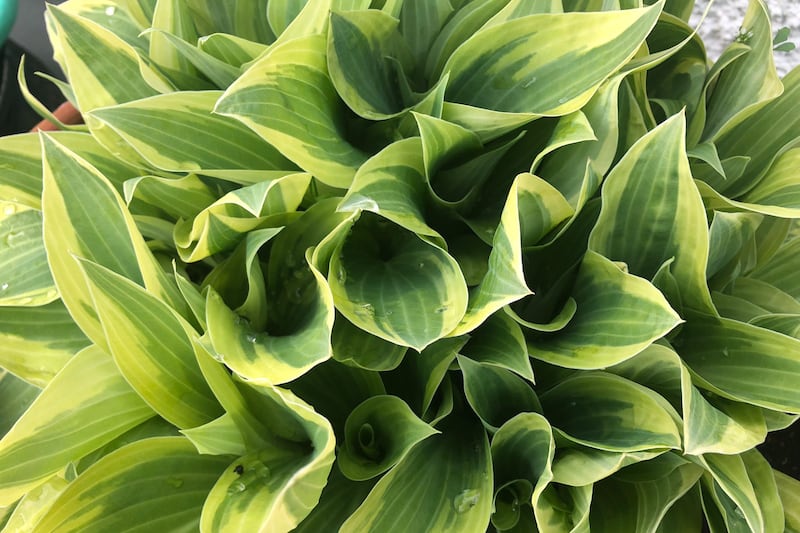GARDEN designer and TV presenter Adam Frost offers tips to create an outdoor sanctuary in a city space...
1. Make a plan: However small, size it out on a piece of paper. Measure the plot up and start to organise it on a little scale plan, which with a small garden is really easy to do. It doesn't have to be spot on but it's a good way of understanding the space. It's the same principle as if you were laying out a kitchen or a bathroom. Make sure that whatever you are going to do fits into the space.
2. Sun or shade? Find plants which will grow comfortably in your conditions. How much sun does your garden get? Will you need to green up a shady area? Are your plants going to be sheltered or in a wind tunnel? All this will have a bearing on what you can grow in an urban space. A lot of urban spaces tend to be quite shady, so I tend to use quite a lot of woodland plants and hard-working plants such as hardy geraniums, euphorbias and ferns. Climbers for shade also work well, such as Hydrangea petiolaris.
3. Know your soil: Whatever garden you have, whether it's the size of a postage stamp or rolling acres, you need to understand your soil. As time goes on you need to care for it. Test it – understand if it's acid or lime (you can buy a simple soil-testing pH kit from garden centres), get your hands in it to feel if it's heavy (clay) or sandy, and enrich it with organic matter depending on the condition of the soil and what you want to grow.
4. Don't think small in a small space: Bigger, bolder leaves can work in smaller spaces. Just make sure that if you're going to add a tree to a small space, it's not going to overpower the space and cut all the light out. When you buy plants, make sure there's lots of contrast in leaf and shape, and in flowers. You can put smaller trees or larger shrubs in small spaces, but make sure they will fit the space and check their growth habit and their final size.
